Home>Furniture & Design>Interior Design Trends>What Is A Coupe Glass
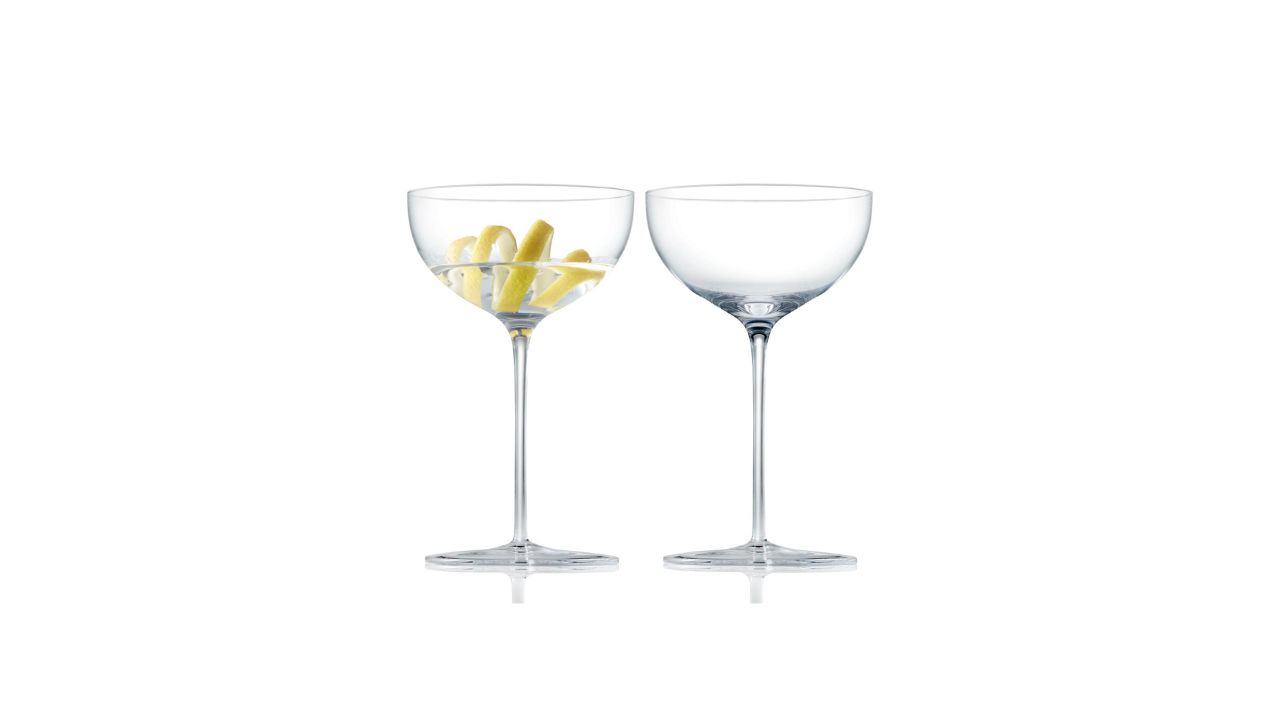

Interior Design Trends
What Is A Coupe Glass
Published: February 2, 2024
Discover the latest interior design trends for coupe glasses and elevate your home bar with stylish and functional glassware. Explore innovative designs and timeless classics. Elevate your interior design with the perfect coupe glass.
(Many of the links in this article redirect to a specific reviewed product. Your purchase of these products through affiliate links helps to generate commission for Storables.com, at no extra cost. Learn more)
Introduction
The coupe glass, with its elegant and timeless allure, has long been an iconic vessel in the world of mixology and cocktail culture. This classic glassware, characterized by its shallow, broad bowl and delicate stem, has a rich history and continues to be a staple in bars, restaurants, and home entertaining settings.
The coupe glass, often associated with sophistication and refinement, has experienced a resurgence in popularity in recent years, becoming a favored choice for serving a variety of cocktails. Its unique design and aesthetic appeal make it a standout option for both professional bartenders and cocktail enthusiasts.
As we delve into the history, design, uses, and selection criteria for coupe glasses, we will uncover the enduring charm and versatility of this beloved glassware. Additionally, we will explore the significance of the coupe glass in the context of cocktail presentation and the overall imbibing experience.
Key Takeaways:
- The coupe glass, with its elegant design and rich history, is a versatile vessel for serving cocktails, champagne, and even non-alcoholic beverages, adding sophistication to any drinking experience.
- When choosing a coupe glass, consider the bowl size, stem length, material, versatility, and personal preference to enhance the visual appeal and enjoyment of cocktails, contributing to a refined drinking experience.
Read more: What Drinks Go In A Coupe Glass
History of Coupe Glass
The history of the coupe glass is a fascinating journey that spans centuries and encompasses various cultural influences. The origins of this iconic glassware can be traced back to 17th-century England and France. Initially known as "coupes à champagne," these shallow, broad-bowled glasses were designed to hold sparkling wine, particularly Champagne. The early coupe glasses were crafted with a wide, shallow bowl to showcase the effervescence of the bubbly libation, creating a visually captivating experience for imbibers.
During the 18th century, the coupe glass gained prominence as a preferred vessel for serving Champagne and other sparkling wines among the European aristocracy. The elegant and sophisticated appeal of the coupe glass made it a symbol of luxury and refinement during this era. However, it was not limited to Champagne alone; the coupe glass also became associated with serving a variety of cocktails and other libations at upscale social gatherings and soirées.
In the early 20th century, the coupe glass experienced a surge in popularity in the United States during the Prohibition era. As the demand for clandestine speakeasies and underground cocktail parties grew, the coupe glass became synonymous with the glamorous and clandestine world of cocktail culture. Its association with classic cocktails such as the Martini, Manhattan, and Daiquiri solidified its status as an essential piece of glassware in the mixology scene.
While the coupe glass remained a staple in cocktail culture for decades, its popularity waned in the mid-20th century with the rise of the more practical and versatile martini glass and other modern glassware designs. However, in recent years, there has been a resurgence of interest in vintage and classic cocktail culture, leading to a renewed appreciation for the coupe glass.
Today, the coupe glass continues to hold a special place in the hearts of mixologists, bartenders, and cocktail enthusiasts worldwide. Its rich history, timeless elegance, and association with classic cocktails have cemented its status as an enduring symbol of sophistication and style in the realm of cocktail presentation.
The evolution of the coupe glass from its origins in Europe to its contemporary relevance in cocktail culture reflects its enduring appeal and timeless charm. As the cocktail renaissance continues to thrive, the coupe glass remains an iconic vessel that embodies the artistry and allure of mixology.
Design and Shape of Coupe Glass
The design and shape of the coupe glass are integral to its allure and functionality. Characterized by a shallow, broad bowl and a delicate stem, the coupe glass exudes elegance and sophistication. The bowl's wide, shallow design allows for the presentation of cocktails with a visually appealing aesthetic, while the stem provides a comfortable grip and prevents the transfer of heat from the hand to the drink.
The shallow bowl of the coupe glass serves multiple purposes. Firstly, it allows the aromatic elements of the cocktail to be enjoyed fully, as the wide surface area enables the release of enticing scents. This enhances the overall sensory experience, making the act of sipping a cocktail from a coupe glass a delight for both the olfactory and gustatory senses. Additionally, the broad bowl provides ample space for garnishes, such as citrus twists or edible flowers, adding an extra layer of visual appeal to the presentation of the cocktail.
Furthermore, the delicate stem of the coupe glass not only adds to its aesthetic appeal but also serves a practical function. By elevating the bowl from the surface on which the glass is placed, the stem helps maintain the temperature of the cocktail by minimizing heat transfer from the hand. This feature is particularly advantageous for chilled cocktails, ensuring that they remain at an optimal temperature for an extended period.
The overall design of the coupe glass, with its graceful curvature and balanced proportions, contributes to its timeless and versatile nature. Whether it's used for serving classic cocktails, contemporary mixology creations, or even non-alcoholic beverages, the coupe glass's design enhances the presentation and enjoyment of a wide range of libations.
In recent years, contemporary variations of the traditional coupe glass have emerged, offering unique twists on the classic design. Some modern coupe glasses feature slightly more pronounced stems or variations in bowl shape, catering to diverse aesthetic preferences while retaining the essential characteristics that define the coupe glass.
The enduring appeal of the coupe glass lies in its design's ability to elevate the imbibing experience, making it a favored choice for both professional bartenders and home entertainers. Its timeless elegance and functional design continue to position the coupe glass as an iconic vessel in the world of cocktail culture, embodying the artistry and sophistication of mixology.
Uses of Coupe Glass
The coupe glass, with its distinctive design and elegant allure, serves a multitude of purposes in the realm of cocktail culture and beverage presentation. Its unique attributes make it a versatile vessel for a wide range of libations, contributing to the overall imbibing experience in various settings.
1. Cocktail Service:
The primary and most iconic use of the coupe glass is for serving cocktails. Its shallow, broad bowl and delicate stem make it an ideal vessel for showcasing classic and contemporary cocktails. From timeless libations such as the Martini, Manhattan, and Sidecar to modern mixology creations, the coupe glass enhances the visual appeal of cocktails, allowing their colors, textures, and garnishes to shine.
Read more: How To Hold A Coupe Glass
2. Champagne and Sparkling Wine:
While the coupe glass was originally designed for Champagne, its use has evolved to encompass a variety of sparkling wines. The broad bowl of the coupe glass provides ample space for the effervescence of Champagne or sparkling wine to unfold, creating a visually captivating and celebratory presentation.
3. Dessert and Digestif Pairings:
In addition to its role in cocktail and wine service, the coupe glass is well-suited for presenting dessert wines, fortified wines, and digestifs. Its elegant design and wide bowl make it an ideal vessel for sipping and savoring after-dinner libations, enhancing the overall dining experience.
4. Non-Alcoholic Beverages:
Beyond alcoholic beverages, the coupe glass can also be used to serve a variety of non-alcoholic drinks, including mocktails, artisanal sodas, and specialty coffee creations. Its aesthetic appeal and functional design elevate the presentation of non-alcoholic beverages, making them visually appealing and enjoyable to consume.
5. Culinary Applications:
The coupe glass has found its way into culinary settings, where it is used for presenting amuse-bouches, palate cleansers, and small dessert portions. Its elegant shape and wide bowl provide a sophisticated canvas for showcasing culinary creations, adding a touch of refinement to the dining experience.
Read more: What Is Coupe Dinnerware?
6. Home Entertaining:
For home entertainers and hosts, the coupe glass offers a stylish and sophisticated option for serving a variety of beverages during gatherings, dinner parties, and special occasions. Its timeless appeal and versatility make it a favored choice for those seeking to elevate their hosting and presentation of drinks.
In summary, the coupe glass's uses extend far beyond its association with cocktails, encompassing a wide spectrum of beverage service and presentation. Its timeless elegance, functional design, and versatility position it as an iconic vessel that enhances the enjoyment and visual appeal of a diverse array of libations and culinary offerings.
Popular Cocktails Served in Coupe Glass
The coupe glass has long been synonymous with the presentation of classic and contemporary cocktails, adding an element of sophistication and visual allure to the imbibing experience. Its shallow, broad bowl and delicate stem make it an ideal vessel for showcasing a variety of libations, each with its own unique flavors, aromas, and visual appeal. Here are some popular cocktails that are traditionally served in coupe glasses:
1. Martini:
The Martini, a timeless icon of cocktail culture, is often served in a coupe glass. Its clear, unadorned presentation in a chilled coupe allows the cocktail's clarity and subtle nuances to take center stage, creating an elegant and refined aesthetic.
2. Manhattan:
This classic cocktail, known for its blend of whiskey, vermouth, and bitters, is traditionally served in a coupe glass. The wide bowl of the coupe allows for the garnish, typically a cherry, to be showcased, adding a touch of visual appeal to the cocktail.
3. Daiquiri:
The Daiquiri, a refreshing and citrusy cocktail, finds its home in a coupe glass. The wide surface area of the glass allows the drinker to fully appreciate the cocktail's aroma while providing ample space for a decorative citrus twist as a garnish.
4. Sidecar:
This timeless cocktail, featuring brandy, orange liqueur, and lemon juice, is often presented in a coupe glass. The wide, shallow bowl of the coupe enhances the visual appeal of the cocktail, allowing the vibrant color and citrus notes to shine.
5. French 75:
A delightful combination of gin, champagne, lemon juice, and sugar, the French 75 is traditionally served in a coupe glass. The coupe's elegant design complements the effervescence of the cocktail, creating a visually captivating presentation.
6. Aviation:
This classic cocktail, featuring gin, maraschino liqueur, crème de violette, and lemon juice, is often served in a coupe glass. The wide bowl of the coupe allows the cocktail's delicate floral and citrus notes to be fully appreciated.
Read more: What Is Alabaster Glass
7. Clover Club:
A visually stunning cocktail made with gin, raspberry syrup, lemon juice, and egg white, the Clover Club is traditionally presented in a coupe glass. The wide, shallow bowl of the coupe showcases the cocktail's frothy texture and vibrant color.
8. Corpse Reviver #2:
This revival cocktail, featuring gin, Cointreau, Lillet Blanc, and absinthe, is typically served in a coupe glass. The coupe's design enhances the presentation of this complex and aromatic libation.
These popular cocktails, among many others, find an ideal home in the coupe glass, where their flavors, aromas, and visual appeal are accentuated. The timeless elegance and functional design of the coupe glass continue to make it a favored vessel for presenting a diverse array of cocktails, contributing to the overall enjoyment and artistry of mixology.
How to Choose the Right Coupe Glass
When selecting the right coupe glass for your cocktail presentation and imbibing experience, several factors come into play to ensure an optimal choice that complements the beverage and enhances its visual appeal. Here are essential considerations to guide you in choosing the perfect coupe glass:
1. Bowl Size and Shape:
The size and shape of the coupe glass's bowl are crucial factors to consider. A wider, shallower bowl allows for better appreciation of the cocktail's aromas and flavors, while also providing ample space for garnishes. Additionally, the bowl's curvature can impact the visual presentation of the cocktail, so it's essential to select a shape that complements the specific cocktail being served.
Read more: What Is Monolithic Glass
2. Stem Length and Stability:
The length of the coupe glass's stem contributes to its overall elegance and functionality. A longer stem not only adds to the glass's aesthetic appeal but also helps maintain the temperature of the cocktail by minimizing heat transfer from the hand. Furthermore, ensuring the glass has a stable and well-balanced base is important for preventing accidental spills and enhancing the overall serving experience.
3. Material and Clarity:
Opting for coupe glasses made from high-quality, clear glass enhances the visual appeal of the cocktails served in them. The clarity of the glass allows the colors and textures of the beverages to shine through, adding to the overall presentation. Additionally, the material should be durable and resistant to breakage, ensuring longevity and practicality in both professional and home settings.
4. Versatility and Multipurpose Use:
Selecting coupe glasses that can accommodate a variety of cocktails and beverages adds to their versatility. While traditional coupe glasses are designed for specific cocktails, choosing a design that can also accommodate sparkling wines, dessert pairings, and non-alcoholic beverages expands their utility and makes them a more practical investment.
5. Aesthetic Appeal and Personal Preference:
Ultimately, the choice of coupe glass should align with personal aesthetic preferences and the overall ambiance of the serving environment. Whether opting for a classic, vintage-inspired design or a modern reinterpretation, selecting coupe glasses that resonate with the desired visual aesthetic enhances the overall presentation and enjoyment of the cocktails.
By considering these factors when choosing coupe glasses, one can ensure that the selected glassware not only complements the beverages being served but also adds to the overall visual appeal and enjoyment of the imbibing experience. The right coupe glass serves as a vessel that elevates the artistry and presentation of cocktails, contributing to a memorable and refined drinking experience.
Read more: What Makes Glass
Conclusion
In conclusion, the coupe glass stands as a timeless symbol of elegance and sophistication in the realm of cocktail culture and beverage presentation. Its rich history, dating back to 17th-century Europe, reflects its enduring allure and significance in the world of libations. From its origins as a vessel for Champagne to its role in serving classic and contemporary cocktails, the coupe glass has evolved to become a versatile and iconic piece of glassware.
The design and shape of the coupe glass, characterized by its shallow, broad bowl and delicate stem, contribute to its functionality and aesthetic appeal. The wide bowl allows for the full expression of aromas and flavors, while the stem maintains the temperature of the beverage, creating an optimal imbibing experience. Furthermore, the coupe glass's versatility extends beyond cocktails, encompassing a wide range of beverages and culinary presentations, making it a favored choice for professional bartenders, mixologists, and home entertainers alike.
The resurgence of interest in vintage and classic cocktail culture has propelled the coupe glass back into the spotlight, reaffirming its status as an essential vessel for presenting libations with style and flair. Whether it's the iconic Martini, the effervescent French 75, or a modern mixology creation, the coupe glass enhances the visual appeal and enjoyment of a diverse array of cocktails, contributing to the artistry and sophistication of mixology.
When choosing the right coupe glass, considerations such as bowl size and shape, stem length and stability, material and clarity, versatility, and personal aesthetic preferences play a vital role in ensuring an optimal selection that complements the beverages being served. By carefully considering these factors, one can elevate the presentation and enjoyment of cocktails, adding an extra layer of refinement to the imbibing experience.
As the cocktail renaissance continues to thrive, the coupe glass remains a beloved and iconic vessel that embodies the artistry, elegance, and allure of mixology. Its enduring appeal and timeless charm position it as a staple in bars, restaurants, and home entertaining settings, where it continues to enhance the visual appeal and sophistication of beverage service. The coupe glass, with its storied past and contemporary relevance, remains an essential element in the world of libations, contributing to the overall enjoyment and artistry of cocktail culture.
Frequently Asked Questions about What Is A Coupe Glass
Was this page helpful?
At Storables.com, we guarantee accurate and reliable information. Our content, validated by Expert Board Contributors, is crafted following stringent Editorial Policies. We're committed to providing you with well-researched, expert-backed insights for all your informational needs.
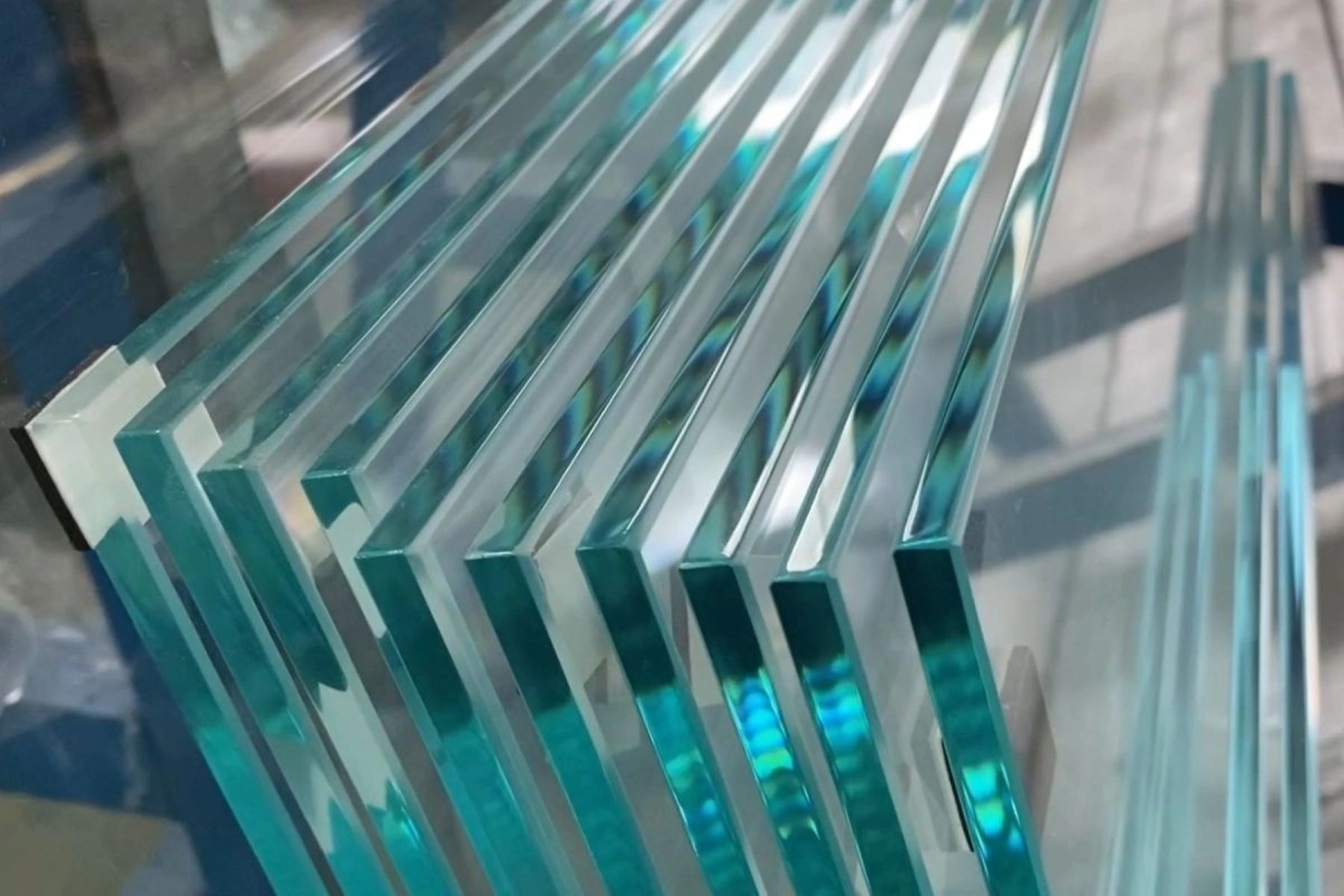
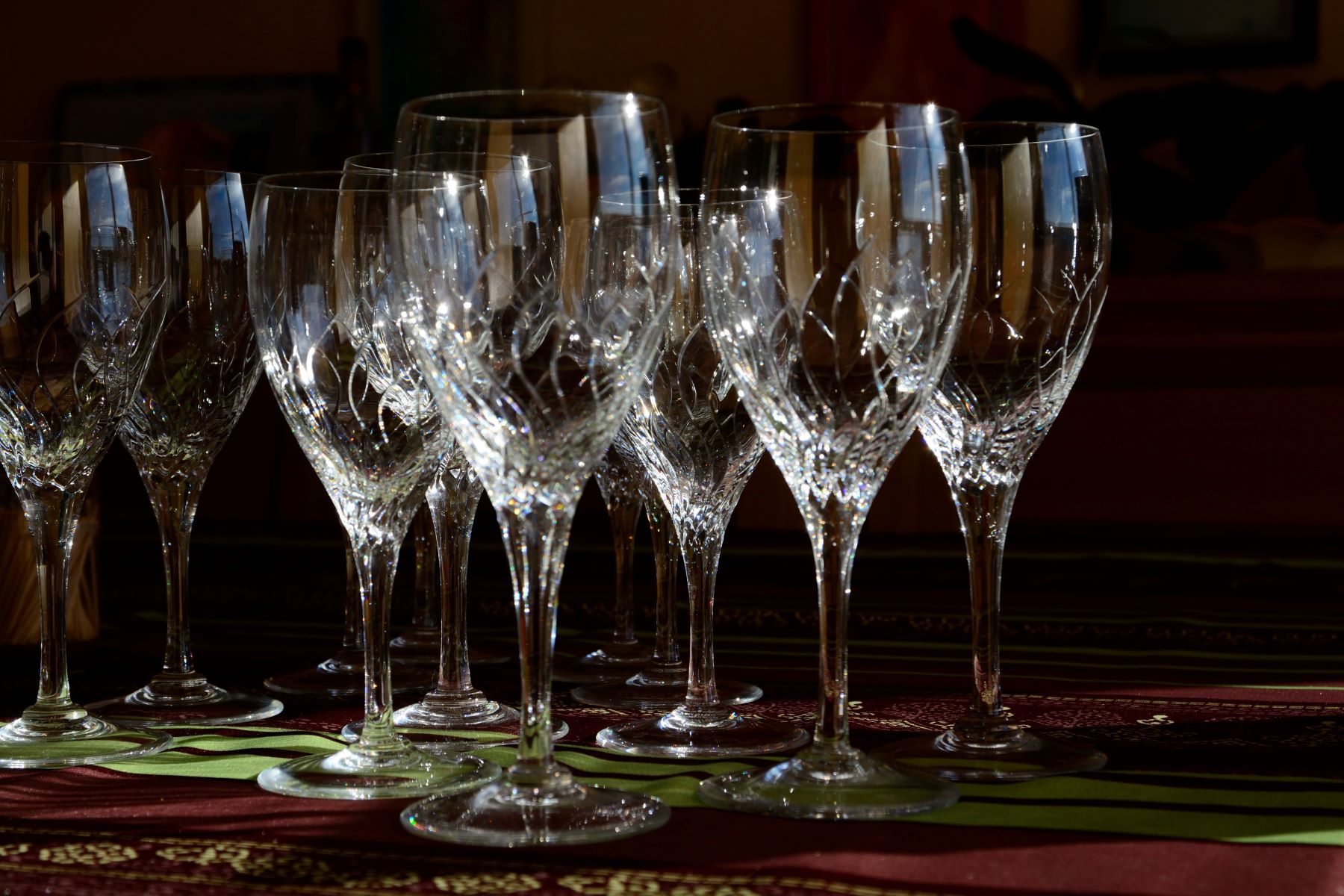
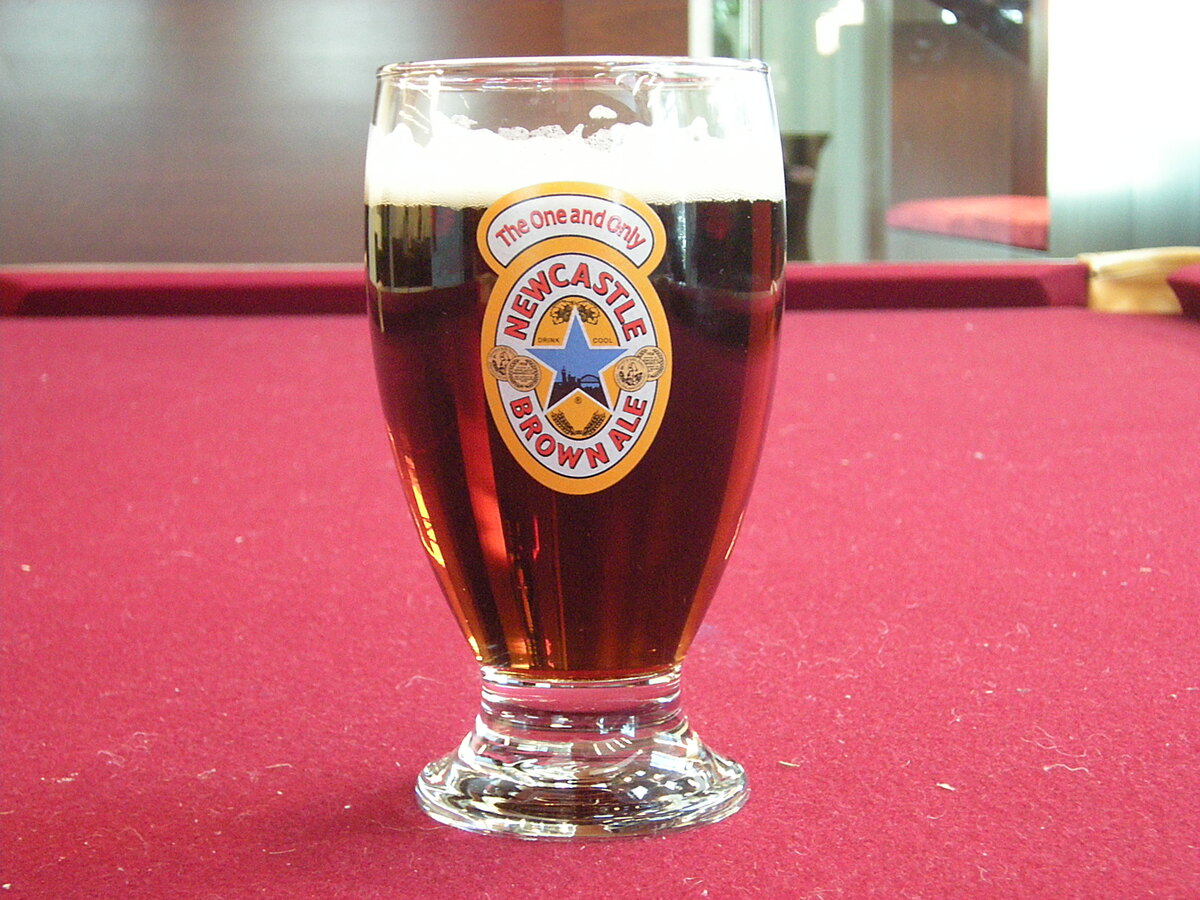
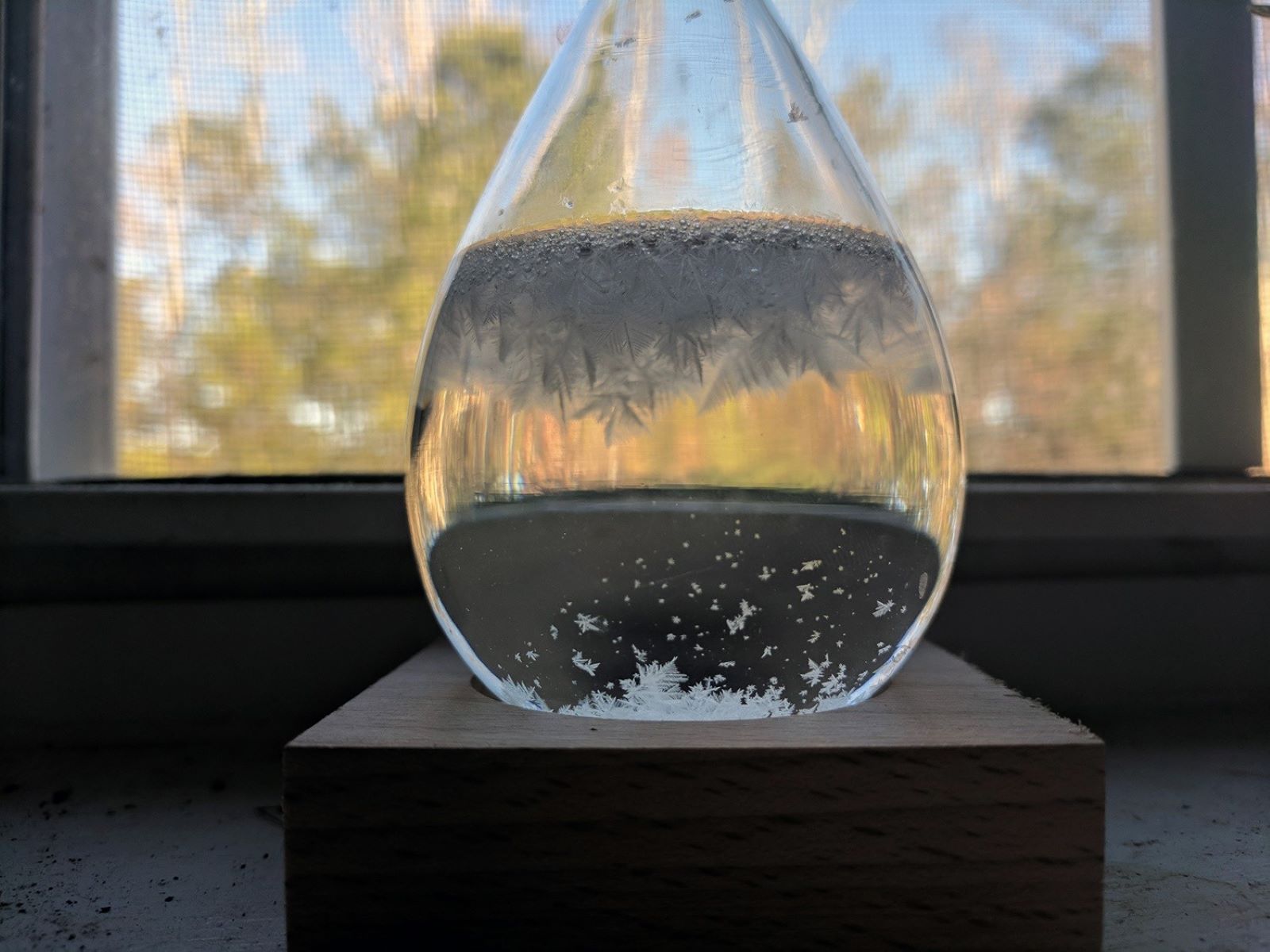
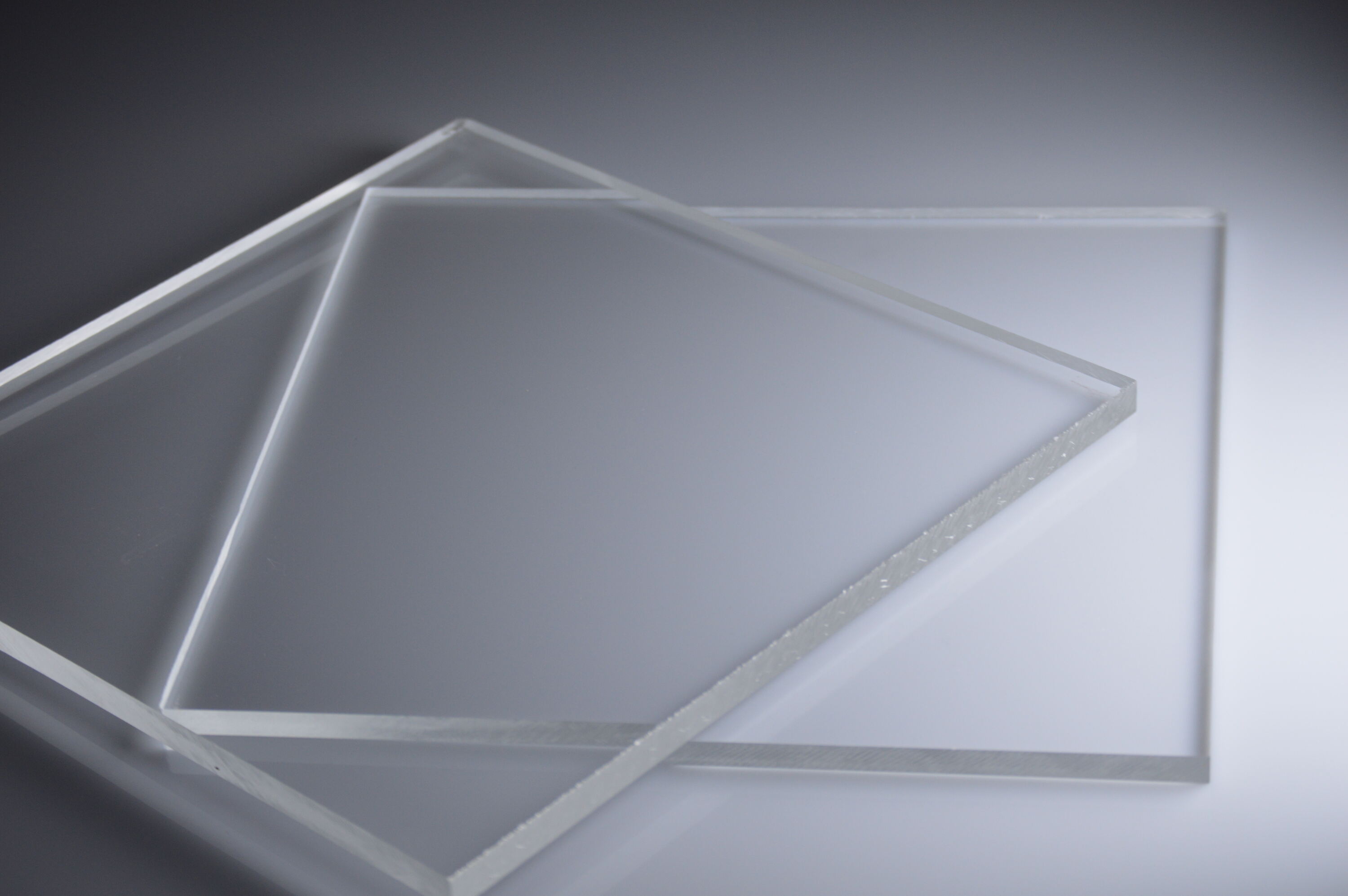
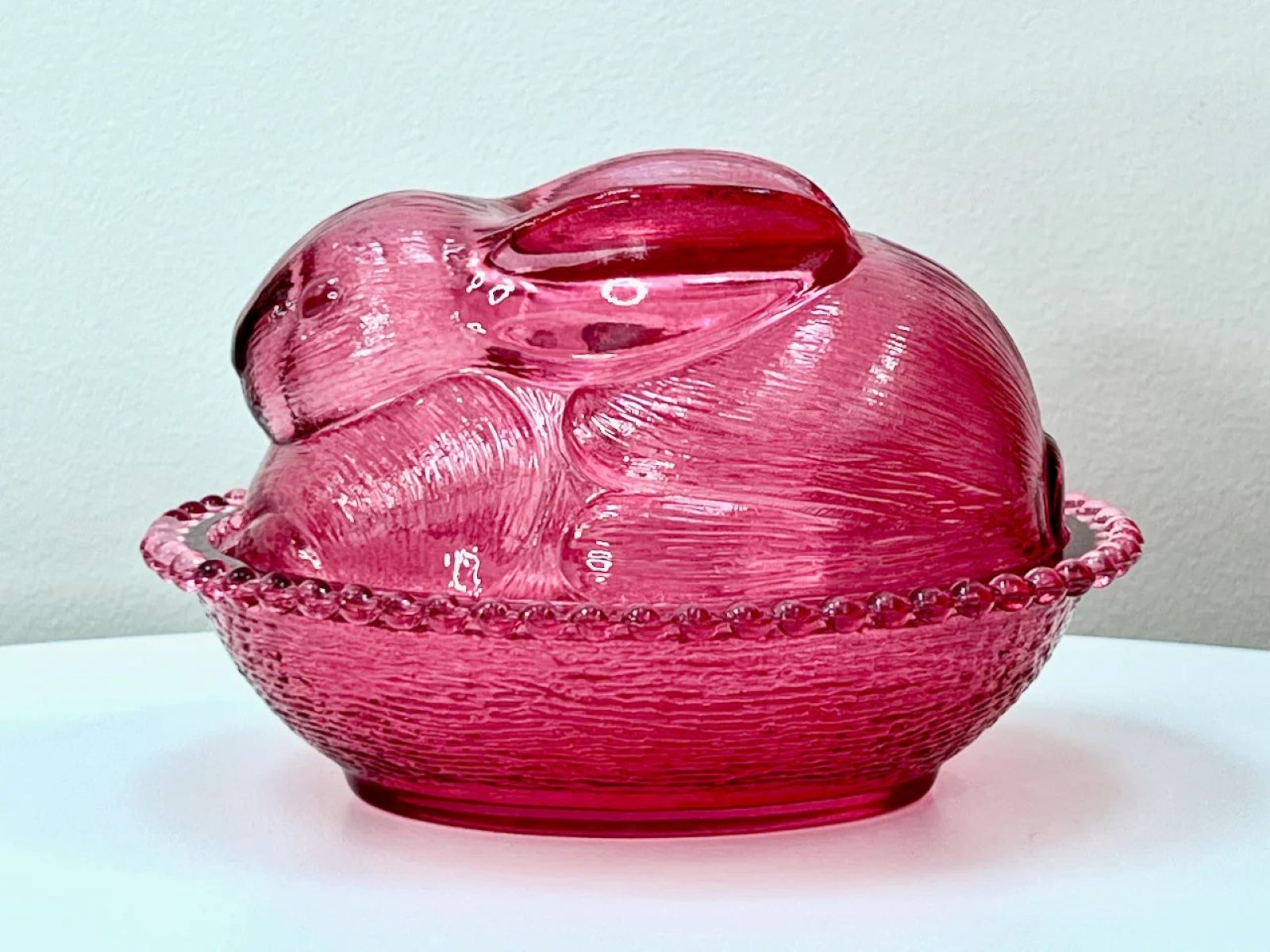
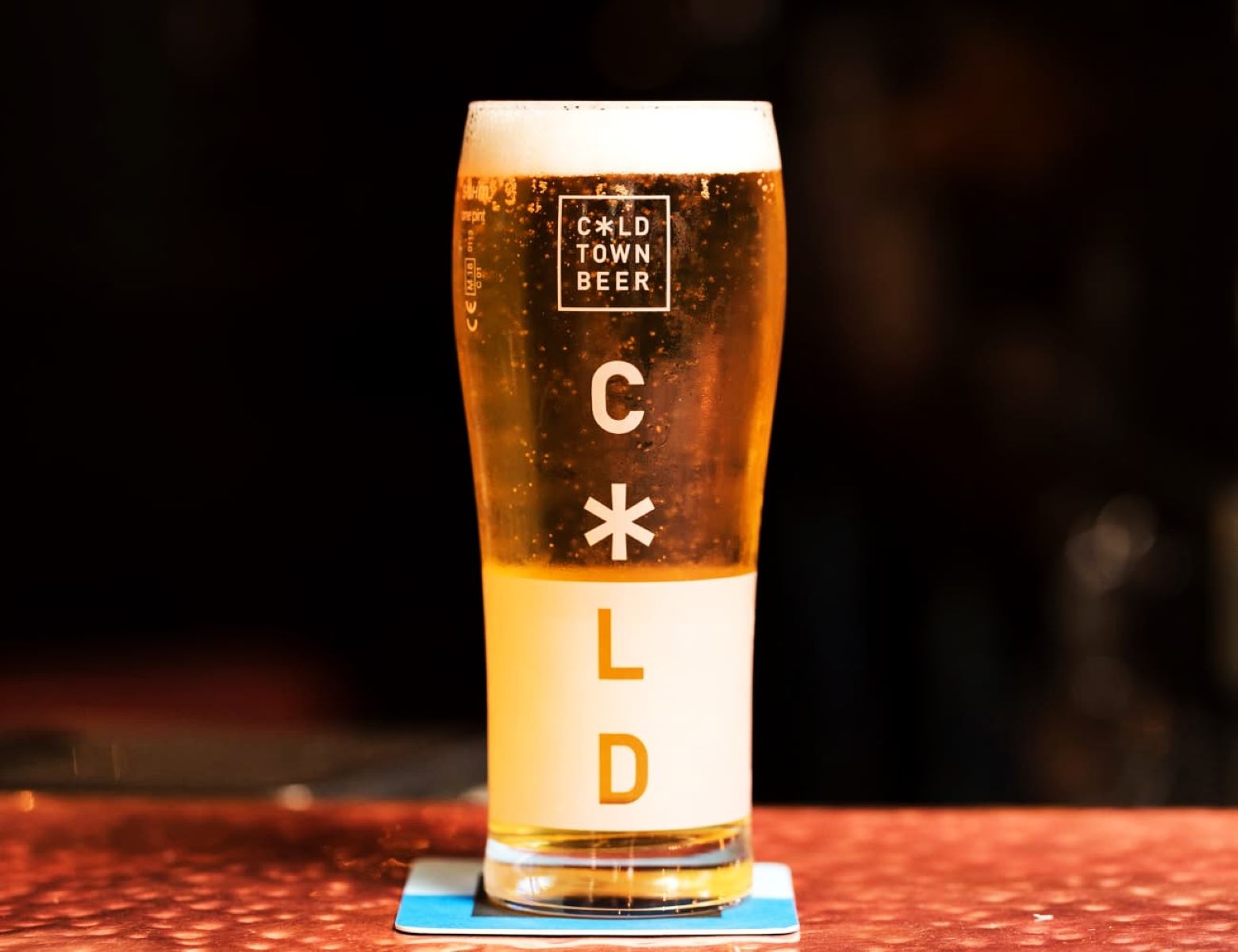
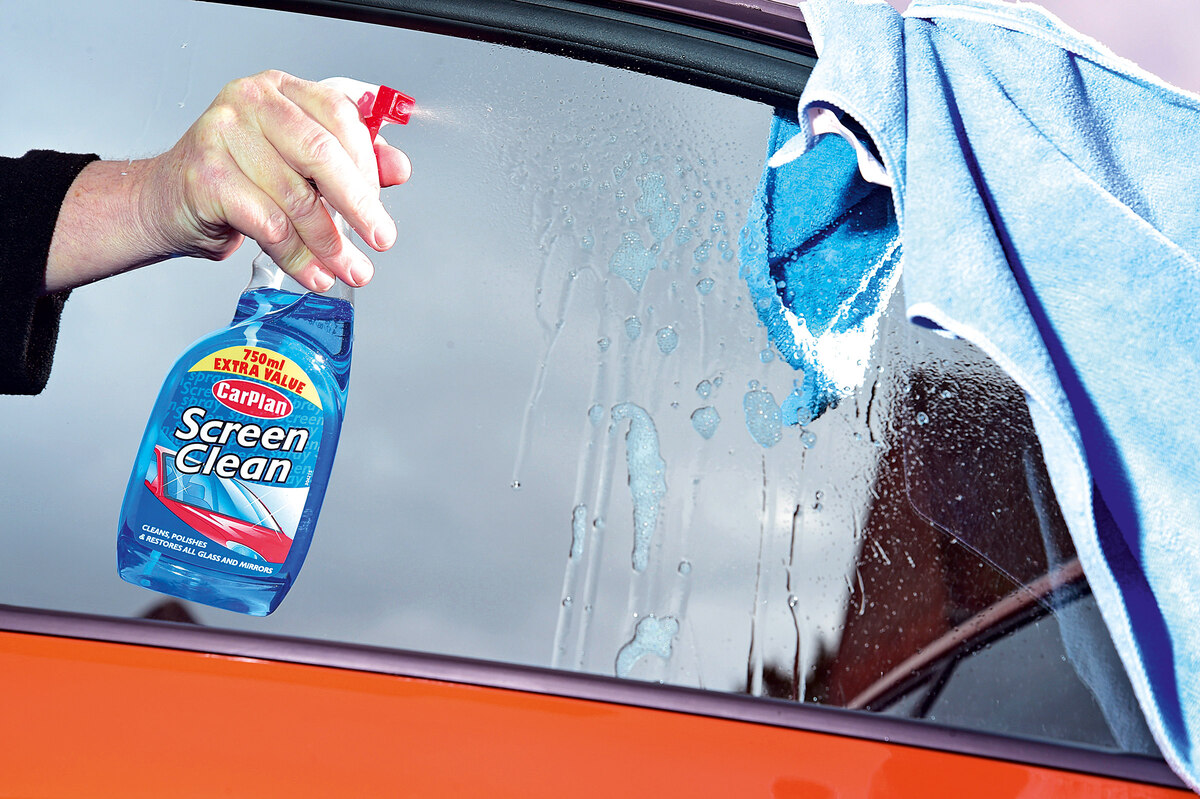
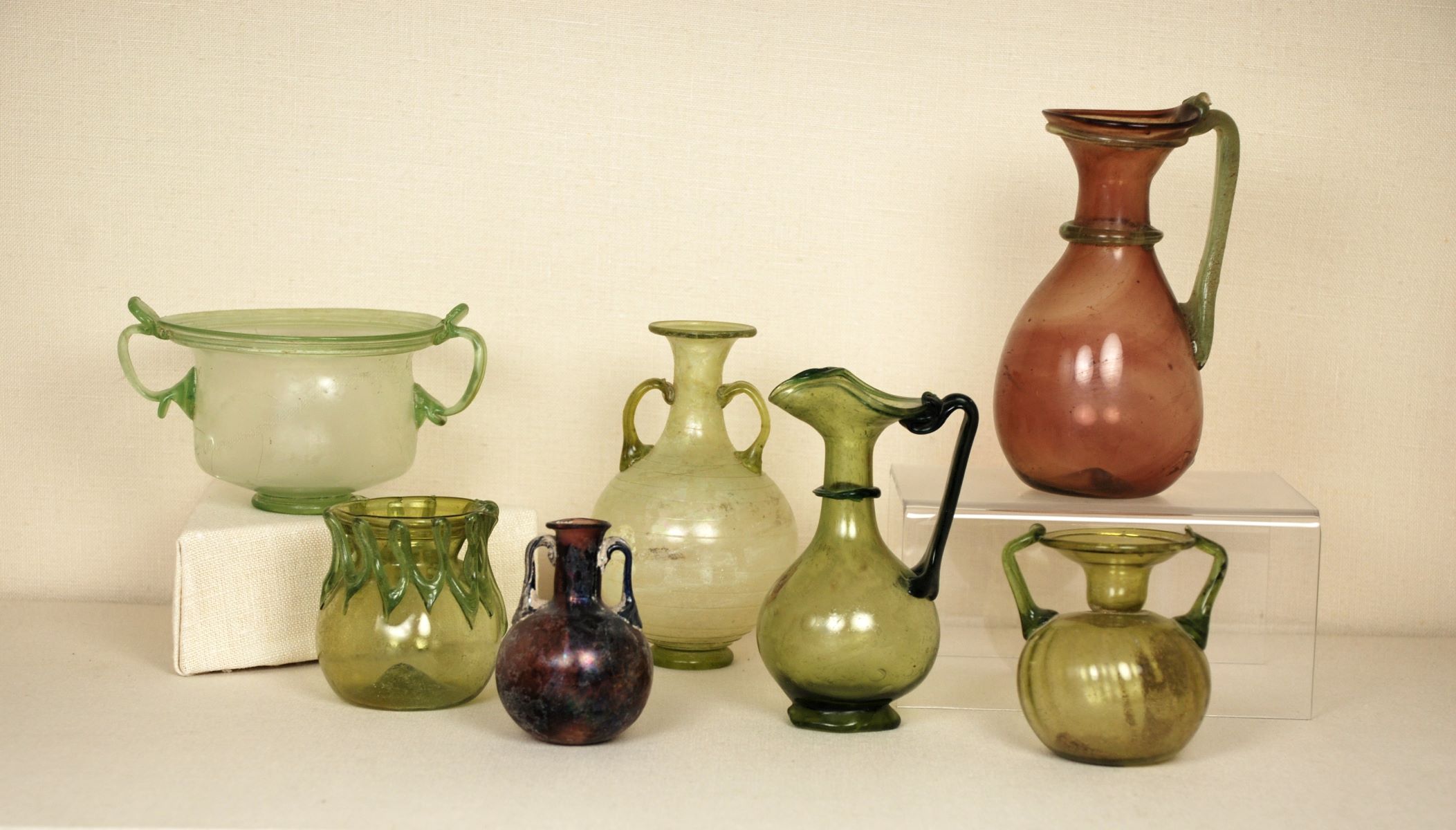

0 thoughts on “What Is A Coupe Glass”